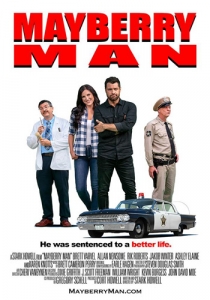In Horseracing or Blogs, Ask for Permission
Barbara Bush agreed; Margaret Thatcher didn’t. The point, Jake Rossen explains in the Mental Floss article titled “Hoof-Hearted; the Reason Racehorses Have Such Weird Names”, is that most governing bodies for thoroughbred racing set certain parameters for names, and when you opt to name a horse after a person in tribute to them, you have to ask permission.
Similarly, there are rules authors and blog content writers need to know about fair use and attribution. Whenever you want to directly quote, excerpt, or reproduce someone else’s work in something you are writing, you should consider whether or not you need legal permission to protect yourself and your business from potential future problems, the Vervante blog reminds us.
Vervante lists instances when you need to cite your source:
- You’re quoting someone else.
- You’re mentioning statistics that you didn’t collate yourself.
- You’re using another person’s thoughts or ideas that aren’t your own.
The most common way we cite our sources (whether it be an article or a website) within our blogs is by paraphrasing and hyperlinking back to the page where the information originated (precisely what I’ve done three times in this very blog post).
Unfortunately, Jane Friedman explains, quoting or excerpting someone else’s work falls into one of the grayest areas of copyright law. There is no legal rule stipulating what quantity is OK to use without seeking permission from the owner or creator of the material. It’s fine to link to something online from your website, blog, or publication. Linking does not require permission. One guiding principle – if your use is not likely to affect the market for the original work, you’re probably OK.
“At first, it might seem odd that we should direct to other websites the users we’re always struggling to attract to our own domain,” rockcontent.com wryly comments, but “realizing the importance of referrals from other pages to the success of yours will change your mind”, the author adds.
Since the purpose of this Say It For You blog is to help content writers improve their craft, I consider linking to other websites to be my way of paying tribute to those authors’ expertise and knowledge.






Follow us online!